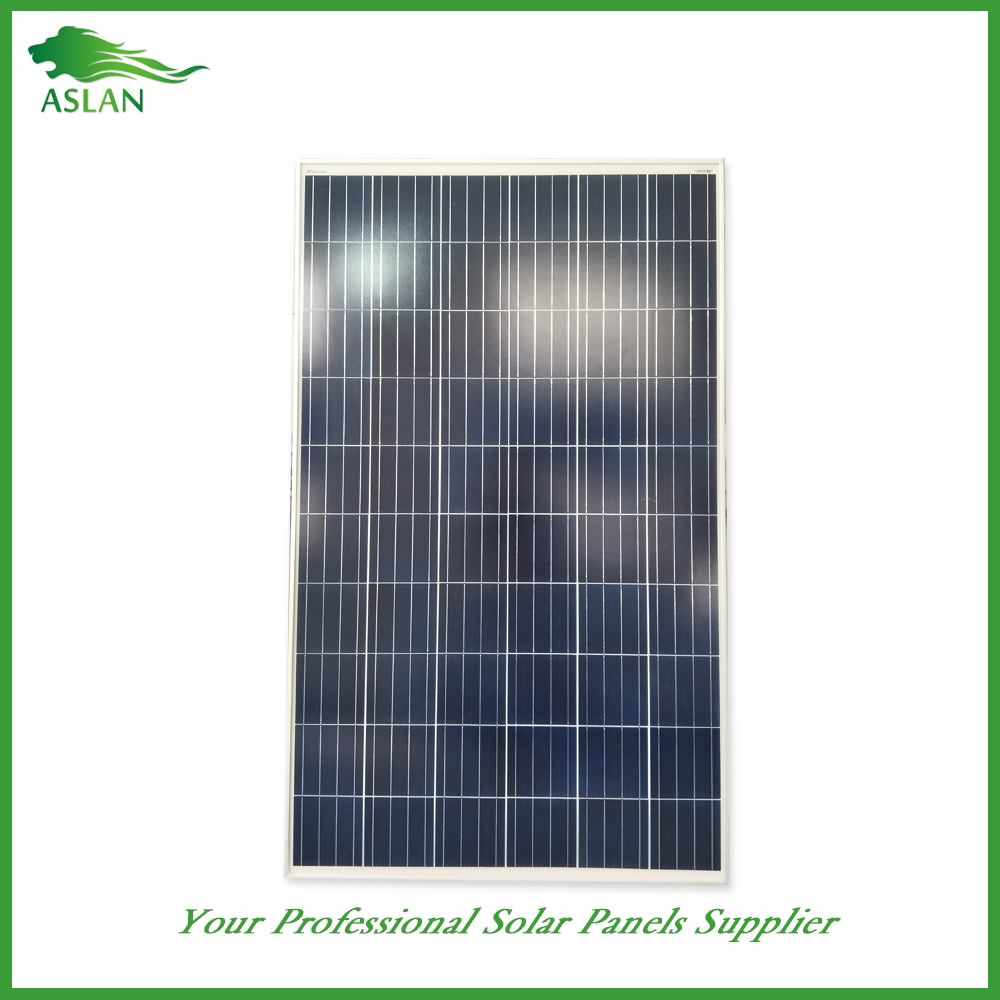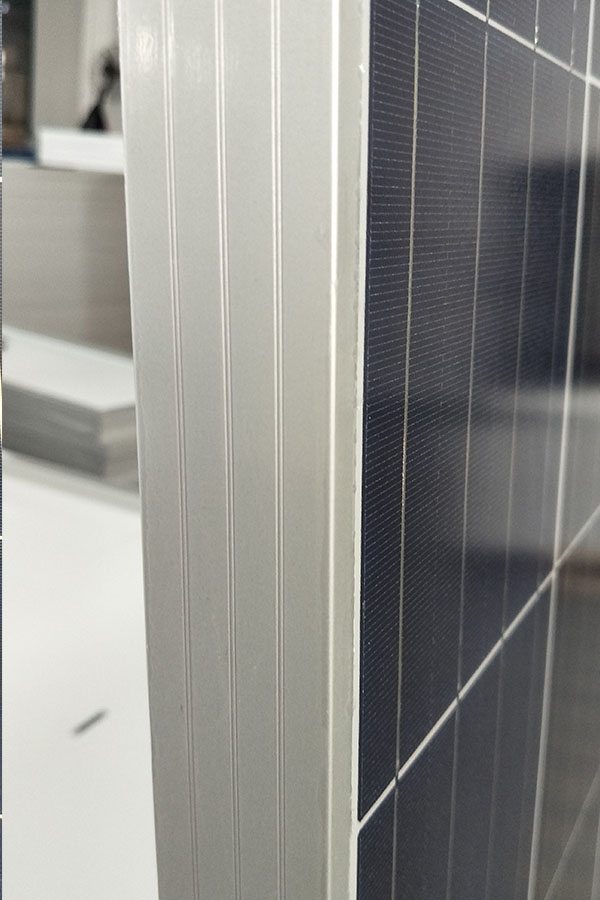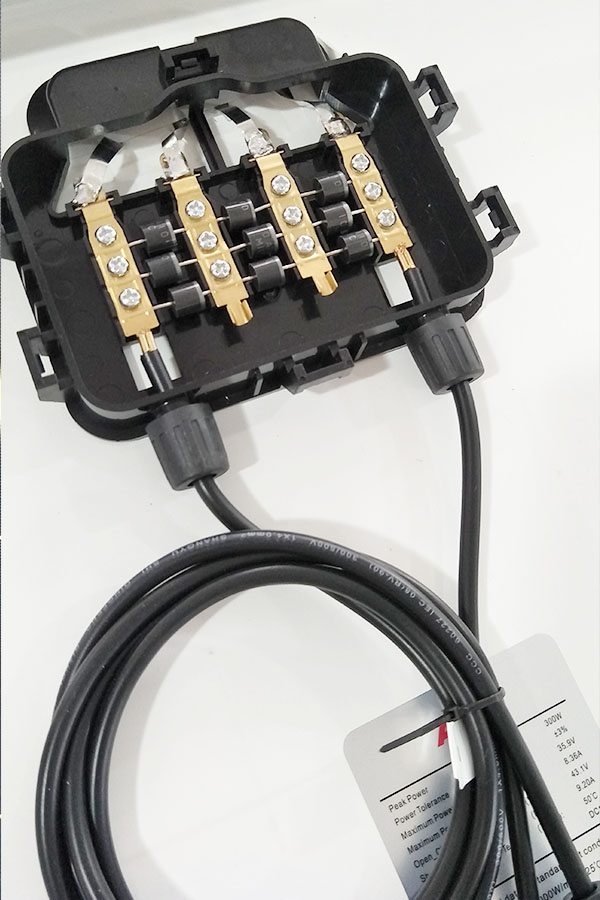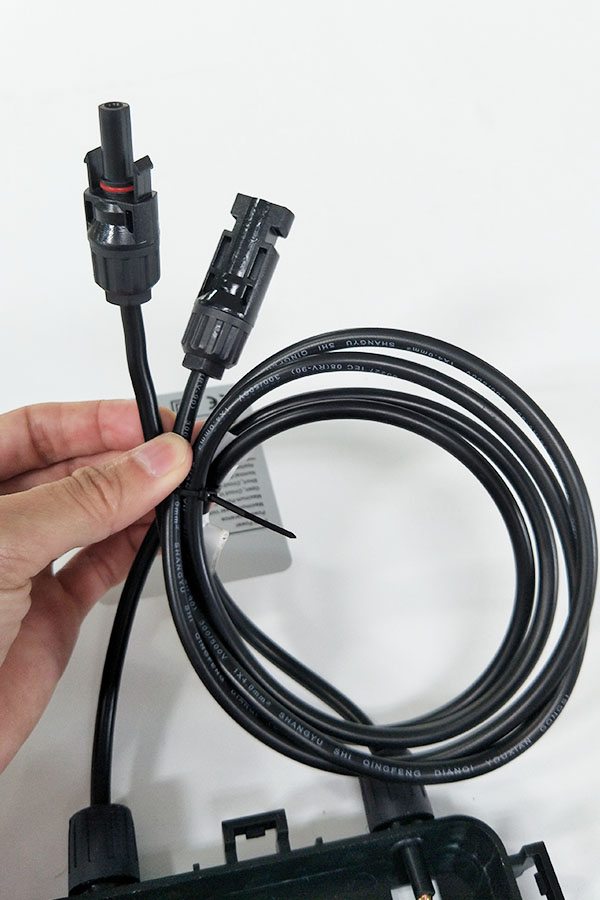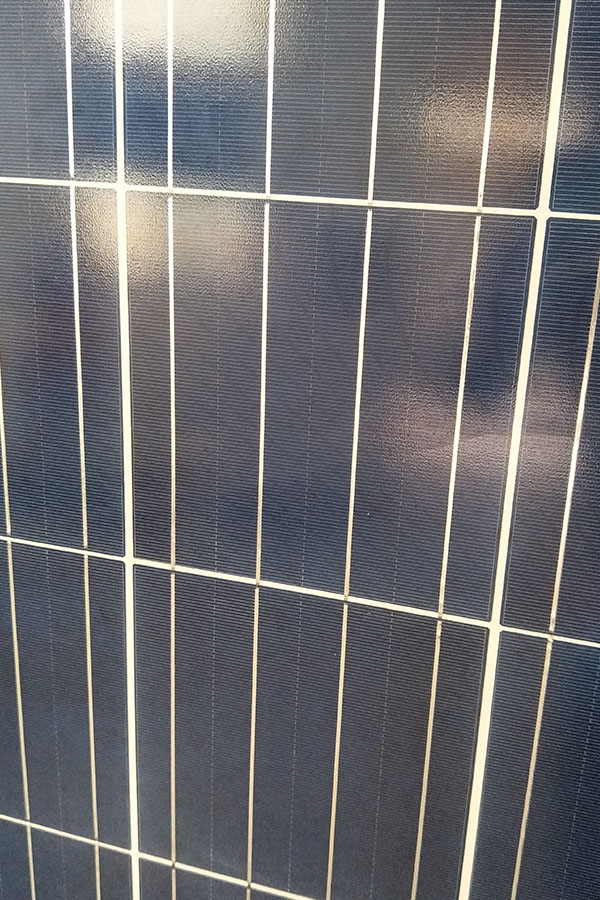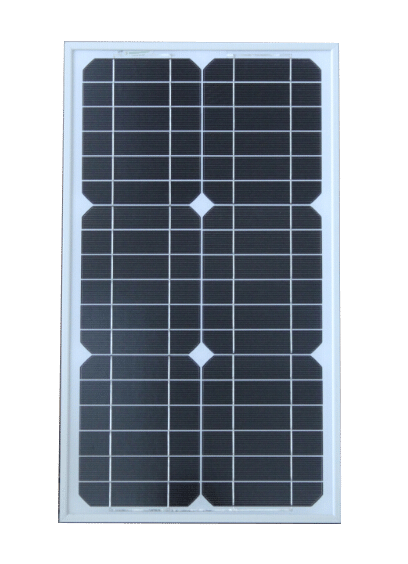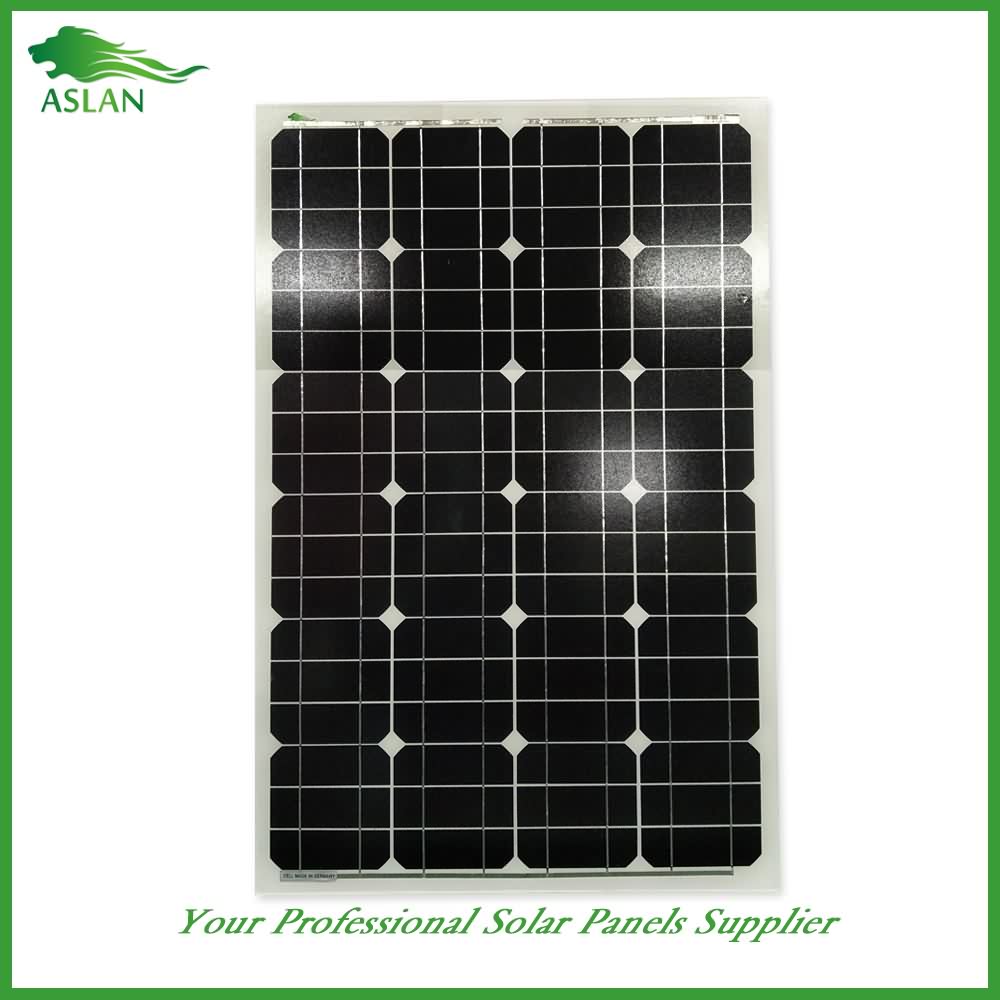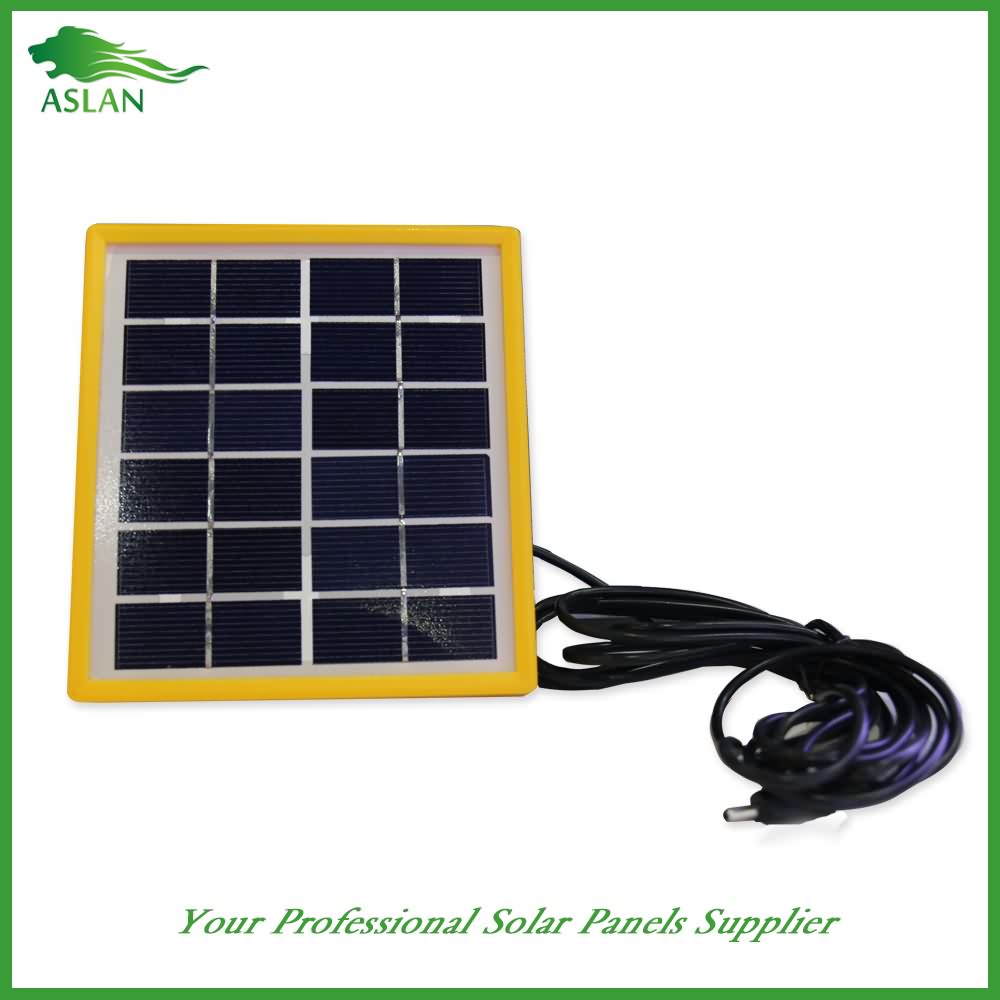Special Design for Poly-crystalline Solar Panel 250W to Lithuania Importers
Short Description:
"Based on domestic market and expand overseas business" is our development strategy for Special Design for Poly-crystalline Solar Panel 250W to Lithuania Importers, We always welcome new and old customers presents us with valuable advice and proposals for cooperation, let us grow and develop together, and to contribute to our community and staff!
Poly-crystalline Solar Panel 250W
Technical parameter
Maximum Power(W) 250W
Optimum Power Voltage(Vmp) 30.25V
Optimum Operating Current(Imp) 8.26A
Open Circuit Voltage(Voc) 36.61V
Short Circuit Current(Isc) 8.89A
Mechanical Characteristics
Cell Type Polycrystalline 156x156mm (6 inch)
No of Cell 60 (6x10pcs)
Dimensions 1640x990x40mm
Weight 18.5KGS
Front Glass 3.2mm,High Transmission, Low Iron,Tempered Glass
Junction box IP65 Rated
Output Cable TUV 1×4.0mm2/UL12AWG,Length:900mm
Temperature and Coefficients
Operating Temperature(°C): -40°C ~ + 85°C
Maximum System Voltage: 600V(UL)/1000V(IEC) DC
Maximum Rated Current Series: 15A
Temperature Coefficients of Pmax: -0.47%
Temperature Coefficients of Voc: -0.389%
Temperature Coefficients of Isc: 0.057%
Nominal Operationg Cell Temperature (NOCT): 47+/-2°C
Materials of solar panel
1).Solar Cell——Polycrystalline solar cell 156*156mm
2).Front Glass——-3.2mm, high transmission, low iron, tempered glass
3).EVA——-excellent anti-aging EVA
4).TPT——-TPT hot seal made of flame resistance
5).Frame——anodized aluminum profile
6).Junction Box——-IP65 rated, high quality, with diode protection
Superiority: high quality anodized aluminum frame, high efficiency long life, easy installation, strong wind resistance, strong hail resistance.
Features
1. High cell efficiency with quality silicon materials for long term output stability
2. Strictly quality control ensure the stability and reliability, totally 23 QC procedures
3. High transmittance low iron tempered glass with enhanced stiffness and impact resistance
4. Both Poly-crystalline and Mono-crystalline
5. Excellent performance in harsh weather
6. Outstanding electrical performance under high temperature and low irradiance
Quality assurance testing
Thermal cycling test
Thermal shock test
Thermal/Freezing and high humidity cycling test
Electrical isolation test
Hail impact test
Mechanical, wind and twist loading test
Salt mist test
Light and water-exposure test
Moist carbon dioxide/sulphur dioxide
Today I’ll be talking about the drawbacks of solar panels and windmills in a new perspective, in which no one has ever talked before.
Please make sure to Share, like and comment for this video. Thereby you can contribute the channel.
My mail id: naanmanithan@gmail.com
Telegram App link: https://play.google.com/store/apps/details?id=org.telegram.messenger
Telegram channel link: https://t.me/naanmanithan
My telegram username: @arjunhunter007
Sixth sense – Pranav mistry: https://youtu.be/YrtANPtnhyg
My old videos on
Free energy: https://youtu.be/fZu8GLt7c2A
Nikola tesla: https://youtu.be/WK84jcFERkE
Titanic: https://youtu.be/Le5qfEQ0qBI
Info: http://energyinnovation.stanford.edu/courses/solar-cells
Preview the online energy course ‘Solar Cells‘ with Stanford Professor Michael McGehee.
Course Description
Photovoltaic cells (also known as solar cells) are used to generate electricity in residential, commercial, utility and off-grid sectors. The latest advances in photovoltaic technology provide a fascinating discovery of how solar cells work.
This course compares silicon, cadmium telluride, copper indium gallium selenide, gallium arsenide, organic, dye-sensitized and multifunction solar cells.
You Will Learn
- Cost effectiveness of different types of solar cells
- Different materials and methods used to manufacture solar cells
- Energy principles in physics, photochemistry and electrochemistry
- Fundamentals of photovoltaic energy
